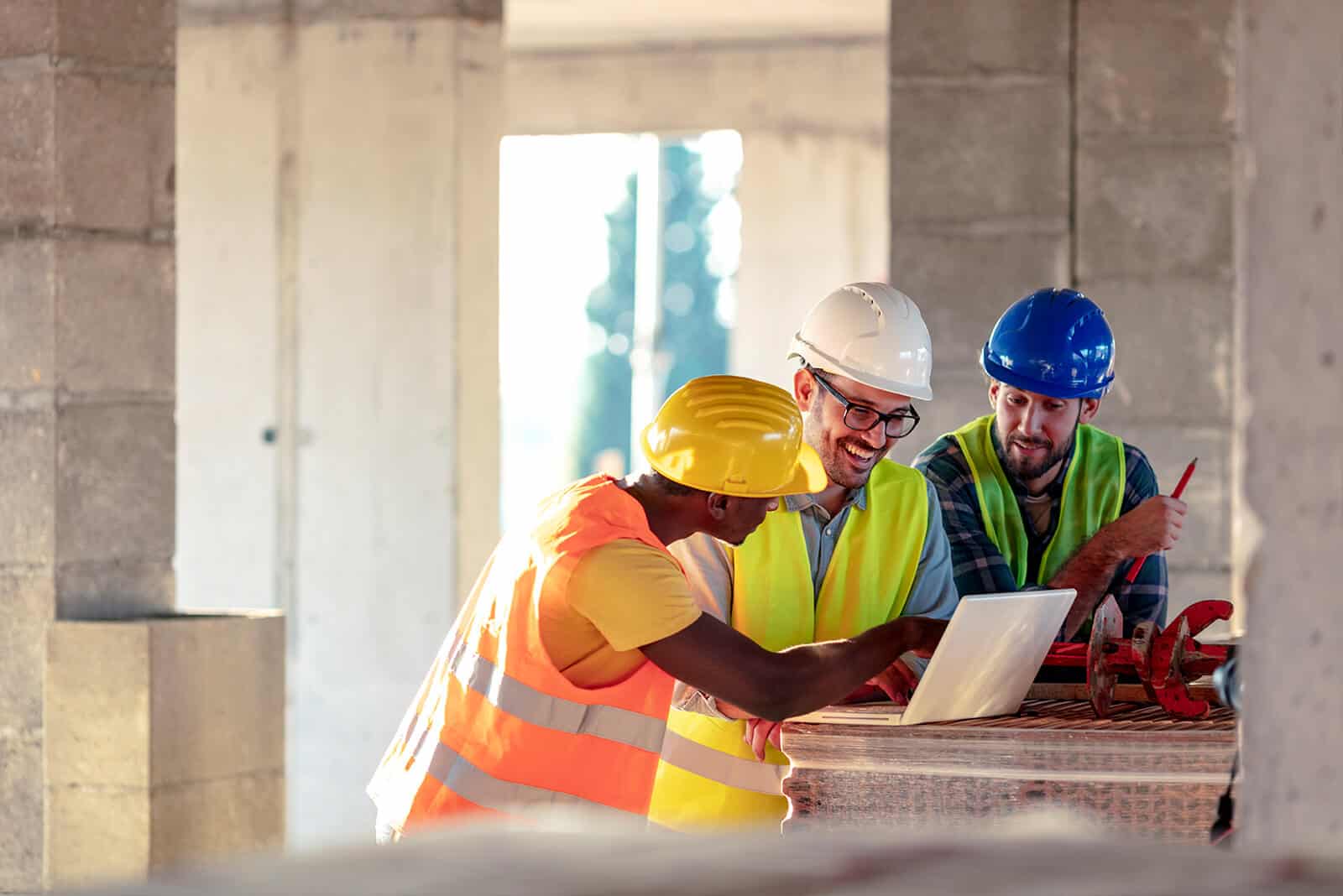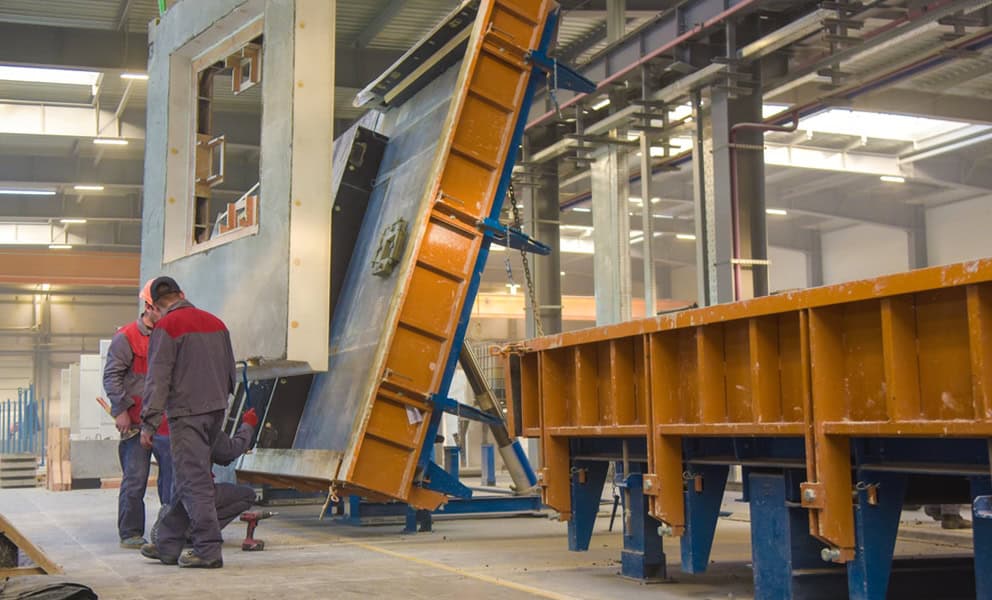
Overlooked, Yet Obligatory: Your Guide to a Construction Phase Plan
Whether you’re a homeowner planning a small extension, or an industrial site owner embarking on a large scale building project, it’s more than likely that you will be engaging with one or more contractors, who may be fulfilling aspects such as initial design, groundworks, fabrication and building, final fitting, and finishing. Ensuring that all parties work safely in conjunction with each other and share information relating to the project and their work is critical - as well as legally mandated. That’s why whatever project you’re working on, you need to know about, understand, and produce a Construction Phase Plan (CCP).
What is a Construction Phase Plan?
A construction phase plan is a principal document, instrumental in defining the health and safety hazards and associated with a defined construction project. The plan should include details on the site rules, procedures, and other controls that are, or will be, in place to either eliminate or reduce risks.
At this point you may be concerned that this sounds like a lot of extra paperwork and wondering whether all projects need a construction phase plan.
The reality is that the range of projects that require a construction phase plan is incredibly broad due to the wording in the legal regulations (more about that later); for example:
- Site preparations such as clearing and demolition
- Structural alterations
- Excavation work
Furthermore, the range of projects or structures which require a construction phase plan is not limited to ‘buildings’. Unusual structures that require a construction phase plan include:
- Railway and tramway lines
- Sewers
- Earthworks
- Fixed Plant
- Scaffolding
- Bridges
So, this means that regardless of whether the work is being carried out on a residential, industrial, or commercial project, or whether the work will be completed in a matter of hours or over several years - you will need to produce and maintain a construction phase plan.
What’s the legal framework behind a CPP?
A construction phase plan is more than a mere industrial best practice. It is a legal requirement under the Construction Design and Management Regulations 2015, otherwise known as the CDM Regulations.
This means that failure to produce a construction phase plan, particularly if this results in an accident or incident, or significant near miss, can result in prosecution in court.
It is well known now that HSE inspectors frequently visit construction sites unannounced, with the intention of simply seeing what they can find. There is a strong likelihood that they will ask to see your construction phase plan, alongside other documentation such as risk assessments, permits, training, etc.
While many people may be working on a project, there are actually relatively few key duty and stakeholders are under CDM. These are usually the client, designer, principal contractor, and subcontractors, as well as consultants and suppliers. The construction phase plan is communicated to all of these parties to ensure safe and cohesive working between them.
The construction phase plan is critical to the success and sustaining of health and safety on site, therefore, it must be completed and communicated before work starts - legally, work cannot commence without a construction phase plan in place.
Principle Requirements of a CPP
As you may have guessed, a document that carries as much weight as a construction phase plan cannot be arbitrarily thrown together. It must be comprehensive enough to satisfy the requirement to be ‘sufficient’ and include information on the following:
Project description
This should detail the scope of the project as well as key dates and deadlines. It should also list the project management team.
Management of the work
This section of the construction phase plan defines the management arrangements for the project, including the health and safety procedures that are in place. Other measures in place to control safety such as rules and responsibilities are defined. Finally, it should include procedures relating to security, contractor selection, training and induction, management of accidents, and emergency procedures.
Arrangements for controlling significant risks
In this section, the construction phase plan should detail the hazards which pose the greatest level of risk on the project site, along with all arrangements, or controls that are in place to either eliminate or reduce them.
These risks could include safe access and egress, work around mobile plant, electrical installations and infrastructure, excavations, hazardous substances, as well as procedures to facilitate control of lifting operations, work at height, hot work, live work, deliveries, etc.
Health risks are also considered with precautions detailed relating to activities such as removal of hazardous substances (like asbestos) or manual handling. Public safety and general traffic management are also considered.
A Health and Safety file
Details on the format and layout of the health and safety file should be recorded in the construction phase plan. This will help to ensure that the critical information is easily accessed, and everyone knows how and when this can be done.
Design and Construction Hazards
As you’ll know, projects can evolve and change over time. In this section of the construction phase plan, changes to the design which create or change the severity of significant risks should also be detailed.
In general terms, the construction phase plan should be kept as up to date as possible and reviewed prior to commencement of any new or future developments that are added to the project.
Benefits of a CPP
The benefits of formulating a CPP go beyond mere legal compliance and keeping your nose clean. With a construction phase plan in place, all stakeholders, workers, contractors, and employees can work together safely.
Safer working results in less downtime arising from rectifying damaged property or materials, dealing with accidents and the legal ramifications of these, and other operational costs and losses associated with dealing with the aftermath of an accident or incident.
Morale is often boosted when employees know that they are being looked after; and with productivity being closely linked to morale, you can bet that efficiency and work output will also get a boost.
Striving for higher safety standards also builds your credibility as an employer and organisation, which can help set you apart from competitors in your field.
The Big Question- How Do I Produce A CPP?
As with many and indeed most elements of health and safety, particularly on larger projects or sites, the idea of keeping up with all the correct paperwork can seem like a lot of work and effort. A time consuming and laborious task that can even appear to be daunting - particularly when the CDM Regs place legal mandates on stakeholders such as the principal contractor to produce the construction phase plan.
Luckily though, help is at hand. Here at Majestic Site Management, we can assist you with the management of all aspects of your construction phase plan, from initial scoping out to production and delivery - plus we’ll look after any additions or updates that may be required. Get in touch today to see how we can take the effort out of a construction phase plan for you.

With over 30 years’ experience in the construction industry, Lee offers more than just a helping hand to keep your project on track. Majestic Site Management also specialises in site compliance, and health and safety, with a long-list of credentials to prove it. Connect with Lee on LinkedIn >>


